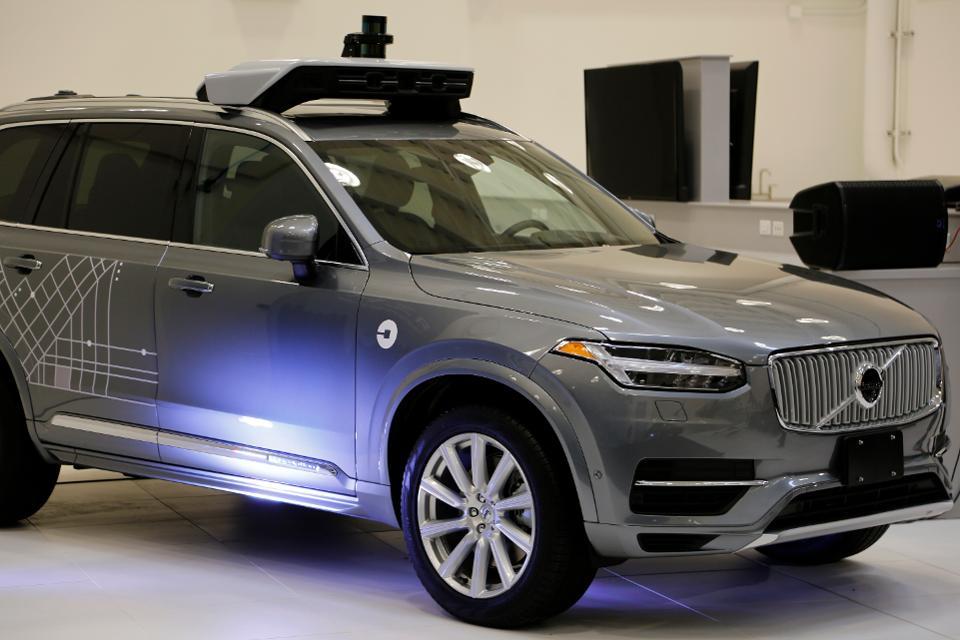
On November 21, Netease Technology News reported that despite the challenges Uber faced this year with its self-driving car program, including legal battles and the departure of key engineer Anthony Levandowski, the company remains determined to stay at the forefront of autonomous vehicle innovation. Uber is not only pushing forward but also making significant moves to solidify its position in the future of mobility.
Last Monday, Uber announced a major deal to acquire tens of thousands of 2019-2021 model Volvo XC90 SUVs. These vehicles are specifically tailored for Uber’s self-driving technology. Jeff Miller, head of Uber’s Autopilot Technology Alliance, stated that the company plans to purchase around 24,000 cars, though the final number may vary depending on technological advancements and regulatory changes. According to the Financial Times, the total value of the agreement exceeds $1.9 billion.
Miller explained that the agreement is designed to be flexible, allowing adjustments as both technology and regulations evolve. The XC90s will be equipped with sensors, radars, and additional hardware such as roof-mounted cameras and LiDAR systems. Uber will also install a computer inside each vehicle to process visual data and run the self-driving software.
According to Uber, the contract emphasizes shared responsibility: Uber will manage the self-driving system and all decisions made by it, while Volvo will handle any issues related to the vehicle components. This flexibility is crucial for Uber, as it allows the company to scale up or down based on the pace of development and external factors.
If Uber’s self-driving initiative accelerates, the company aims to secure more orders and stay ahead of competitors. However, if the technology progresses slowly, there could be risks like overstocking unsold vehicles. Still, acquiring tens of thousands of cars is a bold move that signals Uber’s long-term commitment to the industry.
Uber’s main competitor, Waymo, has a partnership with Fiat Chrysler to acquire around 600 vans, but Uber’s approach is more aggressive. While other companies might settle for smaller numbers, Uber is aiming for large-scale deployment. This strategy is about achieving efficiency and dominance in the market.
Interestingly, Uber’s decision to buy so many cars contradicts its previous "cooperation without ownership" business model. Uber typically doesn’t own cars on its ride-sharing platform, nor does it operate its own restaurants through UberEats. Earlier, it ended partnerships with automakers like Daimler, but its collaboration with Volvo continues.
Miller said that building a self-driving car network by owning the vehicles is the best way for Uber to take control. It allows the company to be an active player rather than just an observer. He emphasized that the ultimate goal of autonomous technology is to eliminate the need for human drivers.
With Waymo preparing to launch its first self-driving service, Uber is accelerating its efforts to avoid falling behind. By owning and operating its own fleet, Uber gains more control over its future and reduces dependency on partners. As Miller put it, “We want the freedom to choose, and the only way to do that is to own and operate our own destiny.â€
UL RHW-2,Lines for Construction,UL Certified Cable, Industrial Cables Wire
Jiangyin City Weicheng Special Cable Co.,Ltd , https://www.weichengcable.com